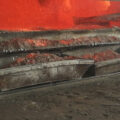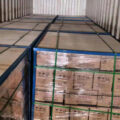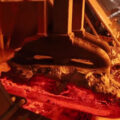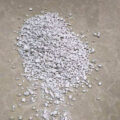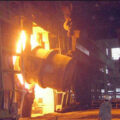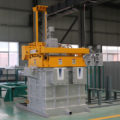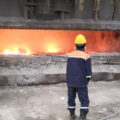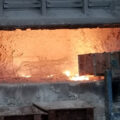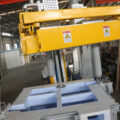Furnace refining technology generally uses chloride salt, fluorinated salt carbonate powder solvents and air blowing refining protected by covering agents. The principle is to pass inert gas or active gas that is insoluble in the aluminum melt into the aluminum melt, or add chloride salt, thereby generating a large number of bubbles in the aluminum melt. Because the partial pressure of hydrogen in the bubbles is zero, it is soluble in aluminum. The hydrogen in the melt will continue to diffuse into the bubbles according to a certain kinetic process, and the bubbles will surface with the hydrogen. At the same time, the density and melting point of the mixed solvent of chloride salt and fluoride salt is lower than that of aluminum melt, and it has a strong ability to dissolve AlO3 and absorb slag is eliminated as the inclusions adsorbed on the surface of the bubbles also float.
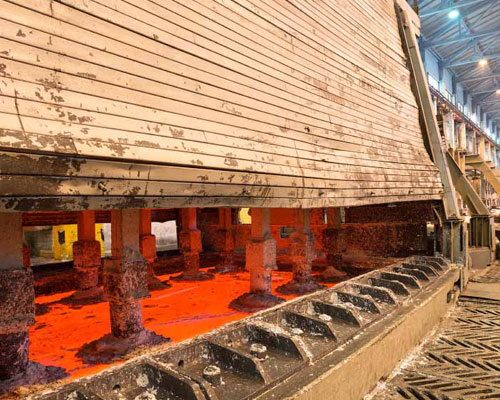
The furnace refining technology commonly used at home and abroad is mainly flux jet refining. In order to meet the quality requirements of the final product, improve the safety and environmental protection level of production, reduce the intensity of manual operation, the development of furnace top blowing refining, furnace side blowing or solid refining agent refining.
The principle of furnace top refining is basically the same as the principle of degassing outside the furnace. According to the capacity of the furnace, one or more rotors are selected to extend from the furnace top into the aluminum liquid in the furnace, and nitrogen or mixed gas is passed into the aluminum melt through the rotor. Inside, a large number of small bubbles are generated to achieve the purpose of degassing and slag removal. All controls are fully automatic, and the gas flow of each rotor can be adjusted. Through the track set on the upper part of the furnace, one refining device can be used for multiple furnaces, and the average refining time is 30 minutes.
The advantages of furnace top blowing refining are that the hydrogen removal efficiency is greater than 40%; the alkali metal content in the melt is reduced by 50%; compared with traditional refining, the metal loss is 10% less; during the refining process, the furnace door is closed. The heat loss is less than 20%; the whole process is fully automatic control. The disadvantage is that the length of the shaft is very long and easy to break; the top of the furnace is the heat accumulation area of the entire furnace, and the tightness of the furnace top hole is required to be very high, otherwise the heat loss will cause a large temperature difference in the furnace.
The main purpose of the furnace-side refining device is to pass the in vivo refining agent or refining gas into the furnace holding furnace to remove hydrogen and alkali metals and their impurities, and secondly to stir the molten aluminum in the furnace. The equipment consists of a set of injection modules (a graphite rotor and a drive system for the shaft) and a set of positioning system. Fully automated, the entire process, including preheating and injection of the rotor, only needs to press a button. From rotor speed to injection proportional carrier gas flow, each parameter can be adjusted. Can handle one or two furnaces.
The advantage of furnace side blowing or solid powder refining is to reduce the alkali content, and the hydrogen removal efficiency can reach 70%; to reduce non-metallic impurities, the impurity removal efficiency can reach 90%; for alloys that require low alkali content, reduce The aluminum slag rate is 25%~35%; it improves the overall metal homogeneity and reduces the processing time of the aluminum melt. The disadvantage is that the rotor is tilted into the aluminum melt, and the rotor maintains a high-speed running state, so its service life is relatively low.

